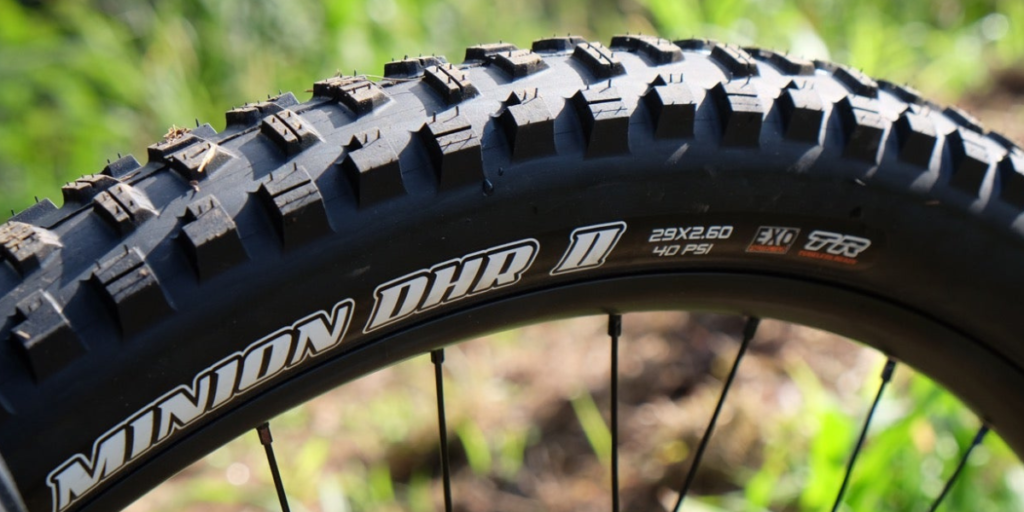
Cycle tyres When it comes to riding, few components are as vital as the tires. Often underestimated, bike tires have a crucial influence in deciding your ride quality, speed, and safety. Over the years, with developments in technology and materials, the variety of bicycle tires has evolved dramatically, catering to diverse terrains and riding styles. Whether you’re a casual commuter, a road racer, or an ambitious mountain biker, knowing the various kinds of cycle tires may help you make an educated selection and improve your riding experience. In this article, we’ll discuss the many kinds of bicycle tires, the reasons to replace them, and some vital maintenance suggestions.
Types of cycle tyres
cycle tyres are made to suit diverse terrains and riding objectives. Choosing the appropriate tire for your bike may make a major difference in performance and comfort. Let’s dig into the most prevalent varieties of cycling tires and their distinct characteristics:

Road Bike Tyres: Speed and Efficiency for Paved Surfaces
- Road bike tires are intended to deliver the smoothest and most efficient riding on paved surfaces such as asphalt roads. These tires are generally thin, lightweight, and operate at high pressures (usually between 80 to 120 psi). This high pressure decreases rolling resistance, allowing for quicker speeds. Road bike tyres, like those on the, feature a sleek and narrow shape that optimizes aerodynamics, making them suitable for racing and long-distance riding. The normal width for road bike tires runs from 18C to 32C, with the 28C width offering a reasonable compromise between speed and comfort.
Commuter Bike Tyres: Versatility for Urban Riding
- Commuter bike tires, frequently seen on hybrid cycles, are intended to withstand a range of urban environments, from smooth asphalt to cracked city roads. These tires are broader than road bike tires, offering improved grip and stability, which is vital for everyday commuting. Commuter tires also come with extra characteristics like as puncture resistance to avoid flats while riding over debris or potholes. The Cycles is a perfect example, having tires that perform well on both city streets and mild off-road trails.

Gravel and Cyclocross Tyres: Built for Mixed Terrain Adventures
- Gravel bikes with cyclocross tires serve riders who prefer exploring varied terrains, from gravel roads to mild off-road routes. These tires are a combination between road and mountain bike tires, combining the best of both worlds. They are normally wider than road tires and have aggressive tread patterns to assist traction and stability in rough conditions. For example, the Wayfarer 700C tire, with a width of 35C, provides an excellent mix for gravel and cyclocross excursions, delivering adequate traction for bumpy roads while keeping respectable speed on flat ground.
Mountain cycle tyres: Durability and Traction for Rough Terrains
- Mountain bike tires are built to withstand the most challenging terrains, from rocky trails to muddy roads. These tires are generally broader and feature a knobby tread pattern that delivers good grip and traction. Additionally, mountain bike tyres are built to handle severe circumstances, delivering improved puncture resistance and shock absorption, which is vital for keeping balance on uneven terrain.
Understanding Tyre Sizes and Compatibility

Selecting the proper tire size is just as crucial as picking the perfect kind. Tire sizes are commonly printed on the sidewall and are represented in words such as 700C, 26, 27.5, or 29 inches. Road and commuter bikes normally utilize 700C tires, whereas mountain bikes frequently use wheel widths of 26, 27.5, or 29 inches. It’s crucial to match the tire size with your bike’s wheel size and frame to achieve the best performance and safety.
When and Why to Change Your cycle tyres
Even the greatest tires have a lifetime and will ultimately need to be changed. Knowing the indicators of tire wear and knowing when to replace them is vital for preserving your bike’s performance and safety. Here are some important reasons why you may need to replace your bicycle tires:
General Wear and Tear
- One of the most prevalent causes of tire replacement is ordinary wear and tear. Over time, tires lose their initial spherical form and tend to flatten out, particularly in the middle. This flattening affects traction and might damage your ride experience. If you find that the tread has gotten worn down or the tire has flattened excessively, it’s time to replace it.
Cuts, Holes, and Damage
- Tires may receive cuts, perforations, or damage from sharp objects, bumpy roads, or harsh weather conditions. While moderate wear is anticipated, if you start to see the inner layers of the tire exposed, it is a clear indicator that the tire needs to be replaced. Opting for puncture-resistant tires might give further protection against such damage and increase tire life.
Cracks and Aging Rubber
- Even if your bike isn’t in use, tires may deteriorate over time. Rubber becomes brittle with age, resulting in fractures on the tire surface. Environmental variables like UV radiation and severe temperatures might hasten this process. When cracks occur, it affect the integrity of the tire, making it imperative to replace them to prevent abrupt blowouts or accidents.
Cycle tyres Visible Internal Threads
- If you detect white nylon threads or fibers become evident on your tires, it typically signifies they are far past their functional life. These threads offer structural support to the tire, and once exposed, the tire loses its integrity. Replace the tire promptly to eliminate any safety issues.
Bulges and Deformities
- Bubbles or bulges on the tire surface indicate internal damage, frequently caused by collision or manufacturing faults. These malformations may lead to a rapid rupture while riding, presenting a serious danger to the rider. If you find any strange bulges, replace the tire and ensure it is kept in a cool, dry area to avoid additional damage.
Essential Maintenance Tips for cycle tyres
Regular maintenance and examination of your tires may lengthen their lifetime and guarantee a safer ride. Here are some suggestions to maintain your bicycle tires in excellent condition:

Regularly Check Tyre Pressure: Ensure your tires are inflated to the correct pressure levels. Under-inflation may lead to greater wear and a higher possibility of punctures, while over-inflation can make the ride unpleasant and lose of grip.
Inspect for Wear and Damage: Make it a routine to examine your tires for indications of wear, cuts, or embedded debris. Remove any tiny stones or glass shards to avoid punctures.
Store Your Bike Properly: Keep your bike in a cool, dry spot away from direct sunlight to prevent the rubber from breaking or deteriorating prematurely.
Rotate Your tires: Just like automobile tires, rotating your bike tires may help equal out the wear and lengthen their lifetime.
Conclusion
cycle tyres are a critical component that directly affects your riding experience. Whether you’re riding on smooth city streets, rocky mountain roads, or a combination of both, picking the perfect tire type and maintaining them properly may make all the difference. Regular inspection, timely replacement, and correct maintenance are the keys to maintaining a safe and comfortable ride. Remember, a well-maintained tire not only boosts performance but also keeps you safe on your bicycle travels.


